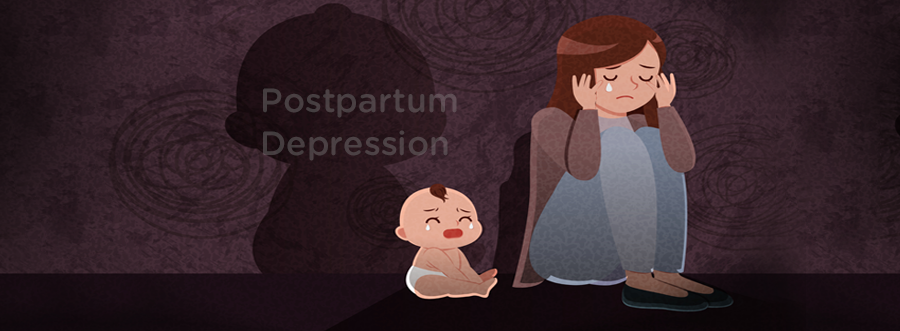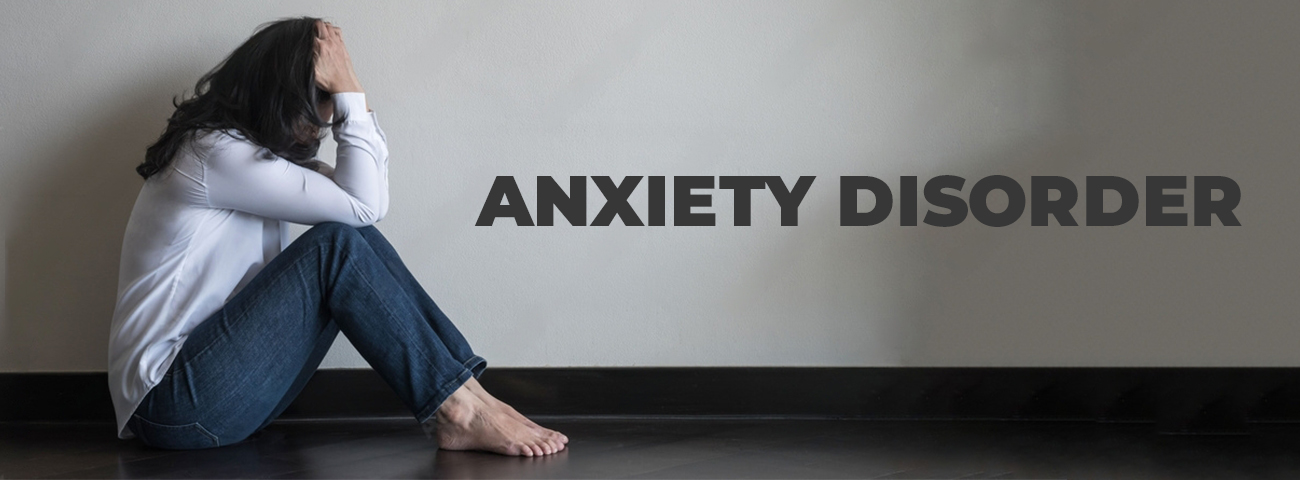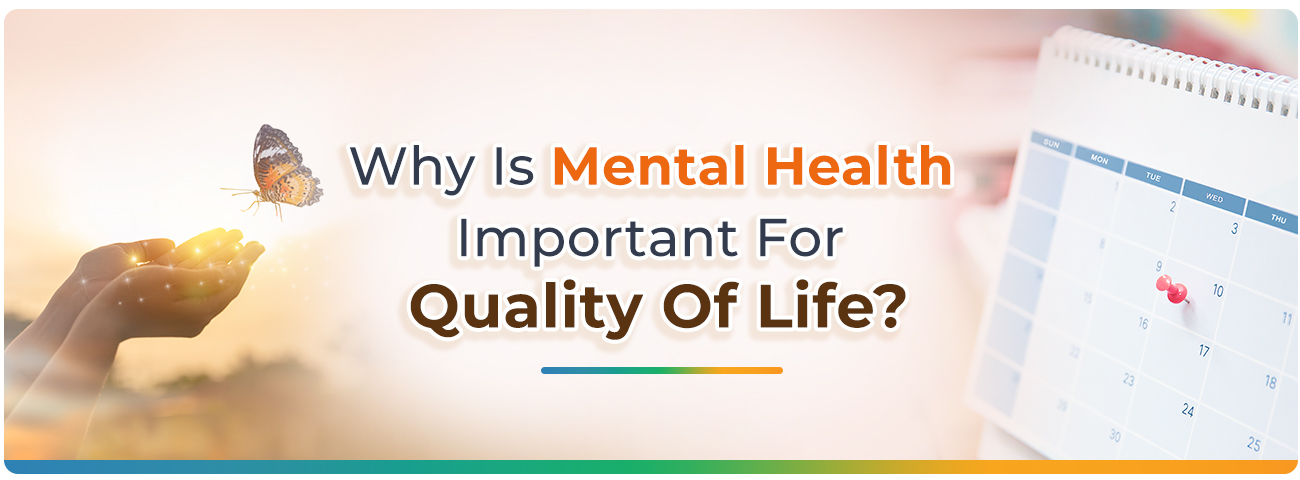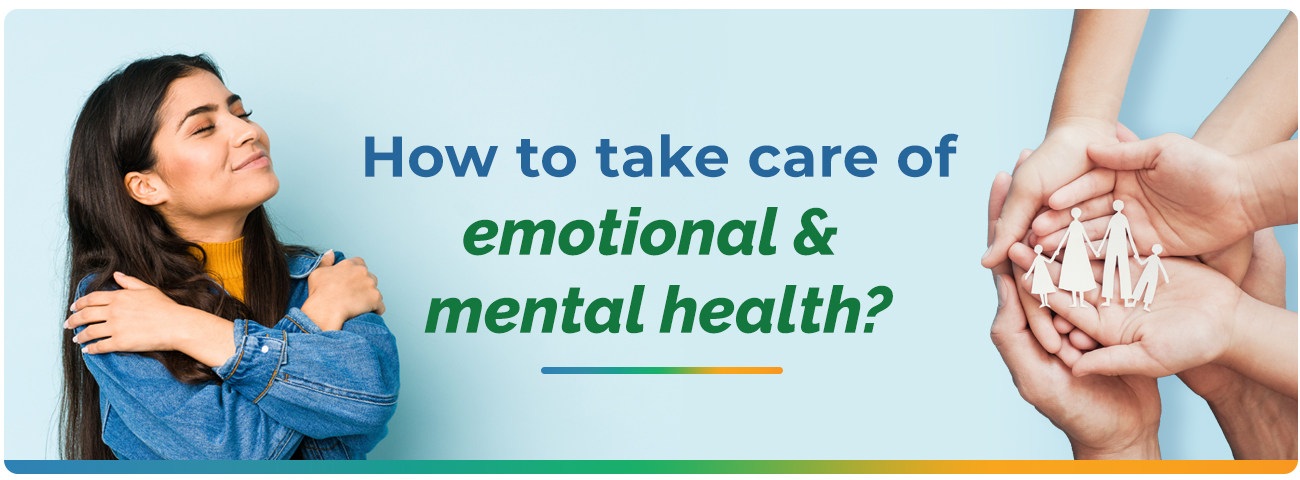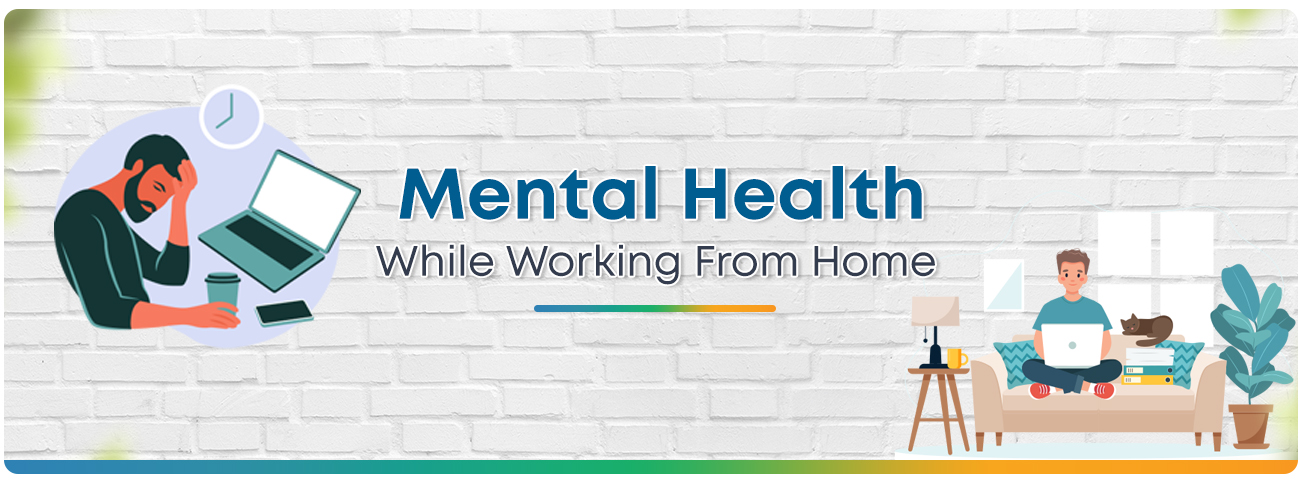PART 1: CLINICAL FEATURES OF POSTPARTUM DEPRESSION
The birth of a baby can trigger a jumble of powerful emotions, from excitement and joy to fear and anxiety. But it can also result in something you might not expect — depression.
Most new moms experience postpartum “baby blues” after childbirth, which commonly include mood swings, crying spells, anxiety and difficulty sleeping. Baby blues typically begin within the first two to three days after delivery, and may last for up to two weeks.
But some new moms experience a more severe, long-lasting form of depression known as postpartum depression.
Postpartum depression may be mistaken for baby blues at first — but the signs and symptoms are more intense and last longer, and may eventually interfere with your ability to care for your baby and handle other daily tasks. Symptoms usually develop within the first few weeks after giving birth, but may begin earlier ― during pregnancy ― or later — up to a year after birth.
Signs and symptoms of depression after childbirth vary, and they can range from mild to severe.
Postpartum depression signs and symptoms may include:

- Feeling sad, hopeless, empty, or overwhelmed
- Crying more often than usual or for no apparent reason
- Worrying or feeling overly anxious
- Feeling moody, irritable, or restless
- Oversleeping, or being unable to sleep even when her baby is asleep
- Having trouble concentrating, remembering details, and making decisions
- Experiencing anger or rage
- Losing interest in activities that are usually enjoyable
- Suffering from physical aches and pains, including frequent headaches, stomach problems, and muscle pain
- Eating too little or too much
- Withdrawing from or avoiding friends and family
- Having trouble bonding or forming an emotional attachment with her baby
- Persistently doubting her ability to care for her baby
- Thinking about harming herself or her baby.
Untreated, postpartum depression may last for many months or longer.
How can a woman tell if she has postpartum depression?

Only a health care provider can diagnose a woman with postpartum depression. Because symptoms of this condition are broad and may vary between women, a health care provider can help a woman figure out whether the symptoms she is feeling are due to postpartum depression or something else. A woman who experiences any of these symptoms should see a health care provider right away.
How is postpartum depression different from the “baby blues”?

The “baby blues” is a term used to describe the feelings of worry, unhappiness, and fatigue that many women experience after having a baby. Babies require a lot of care, so it’s normal for mothers to be worried about, or tired from, providing that care. Baby blues, which affects up to 80 percent of mothers, includes feelings that are somewhat mild, last a week or two, and go away on their own.
With postpartum depression, feelings of sadness and anxiety can be extreme and might interfere with a woman’s ability to care for herself or her family. Because of the severity of the symptoms, postpartum depression usually requires treatment. The condition, which occurs in nearly 15 percent of births, may begin shortly before or any time after childbirth, but commonly begins between a week and a month after delivery.
Postpartum depression in new fathers

New fathers can experience postpartum depression, too. They may feel sad or fatigued, be overwhelmed, experience anxiety, or have changes in their usual eating and sleeping patterns ― the same symptoms mothers with postpartum depression experience.
Fathers who are young, have a history of depression, experience relationship problems or are struggling financially are most at risk of postpartum depression. Postpartum depression in fathers ― sometimes called paternal postpartum depression ― can have the same negative effect on partner relationships and child development as postpartum depression in mothers can.

